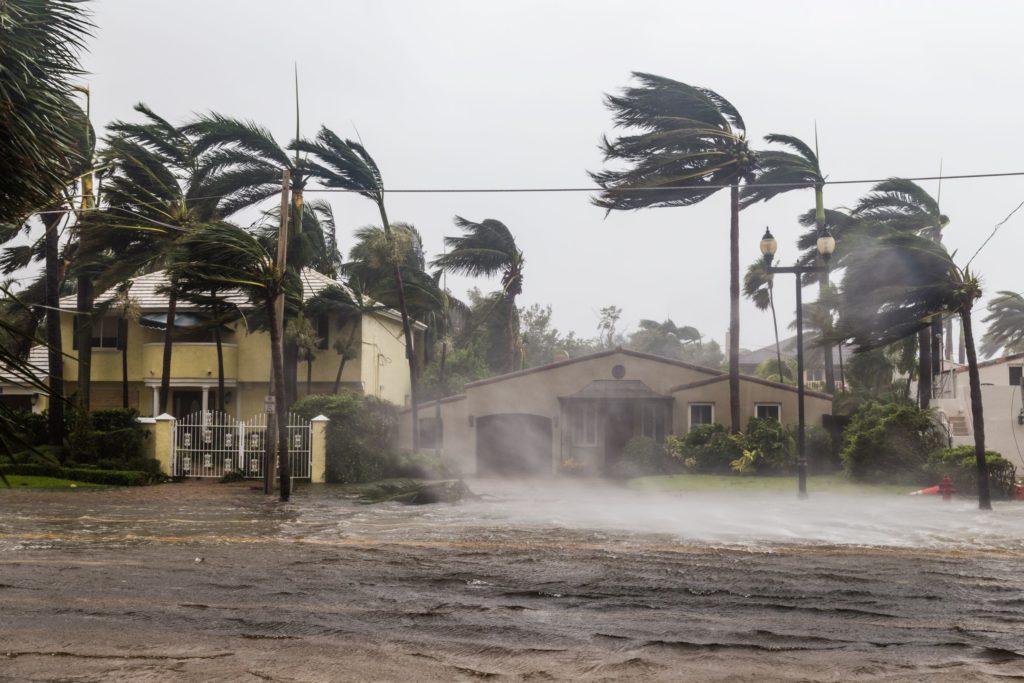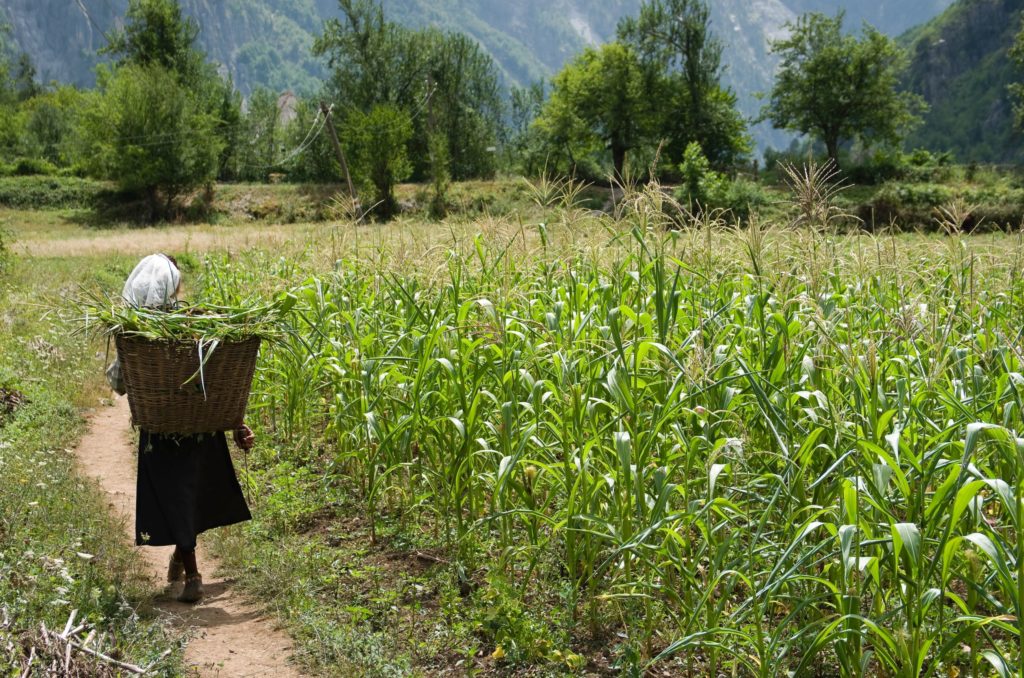Feature post by David Poulton, Associate Consultant with our Alinea team based in Australia.

Too often in the field of development, climate and environmental action is reserved for programs specific to such objectives. But if we stop and consider that everything from infrastructure to hygiene is impacted by the stability of the natural world, it becomes clear that protecting the environment and mitigating the impacts of climate change are critical components of all work we undertake as development practitioners.
The OECD suggests that ‘environment and development should be seen as one and the same’. And they are right; long lasting development goals are not attainable if waterways are polluted, agricultural soils are depleted, or ecosystems are lost because of development initiatives.
Climate change is increasingly a driver of development challenges across the globe. Changes in global temperatures can dramatically influence rainfall and the availability of water; threatening food security, heightening the need for migration, and increasing the potential for regional conflicts. Natural disasters are intensifying at unprecedented rates, devastating homes and livelihoods, and endangering the lives of people across the globe – particularly those in the majority world (a term used to describe parts of the world that were once referred to as ‘developing’ or ‘third world’ countries) .
If our goal is to produce quality development outcomes that pave the way for sustainable futures and empowered communities, then a logical course of action is to not only consider the environmental context in which development programs are to be delivered, but also the impacts of how we work. This is the very idea behind the framing of environmental sustainability as a cross-cutting theme in development – a process that mainstreams climate and environment considerations as an essential part of an organisation’s ethos as well as its approach to design, implementation, and monitoring and evaluation.
Unfortunately, as an industry we’ve become accustomed to thinking that as long as an environmental risk assessment is conducted at the start of a program, our need to consider the environment is complete.

But if a gendered risk assessment was undertaken when a program first began, would we leave our gender considerations there, believing the conduct of the assessment meant the program no longer presented any risk to women? Of course not. Then why should we consider this approach to be adequate for the very systems that support life on Earth?
Thanks to a number of pioneering donors and organisations, the mainstreaming of gender has now become an institutional policy across many development programs. While there is still a long way to go before substantive gender mainstreaming is the norm, the development sphere is at least moving in the right direction.
My argument here is that like gender equality, environmental analysis should be mainstreamed through the work we undertake as development professionals, and it should shape our development approaches. Not only are the two outlined in the UN’s Sustainable Development Goals, but they are similarly unique in that they contribute to progress across all other goals and targets agreed upon by the global community.
So, let us ask ourselves, can we genuinely consider a program design to be of high quality if it fails to protect the environment through its implementation? If a single facet of development is capable of greatly influencing all other facets (as is the case with the natural environment) then surely it deserves a seat at the design team’s table.
Similarly, can we consider an evaluation to be comprehensive if we neglect to assess the impact it has on the environment in partner countries? After all, the natural environment largely determines a country’s ability to meet any and all development goals.
Our window to address the declining state of the natural environment is rapidly closing. Even if we choose not to protect the environment for its own sake, the fact that the natural world directly impacts the long-term outcomes of development means that as development practitioners, we have a responsibility to program recipients as well as the environments they live in.
While environmental sustainability is often considered a cross-cutting theme in theory, rarely do we see it integrated in the products we deliver. The challenge now is to turn that theory into action, and if we sincerely have the best interests of partner governments and communities in mind, then the time for that action is now.
